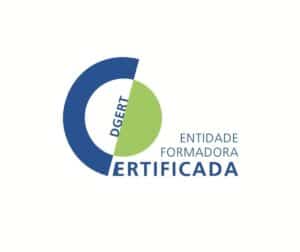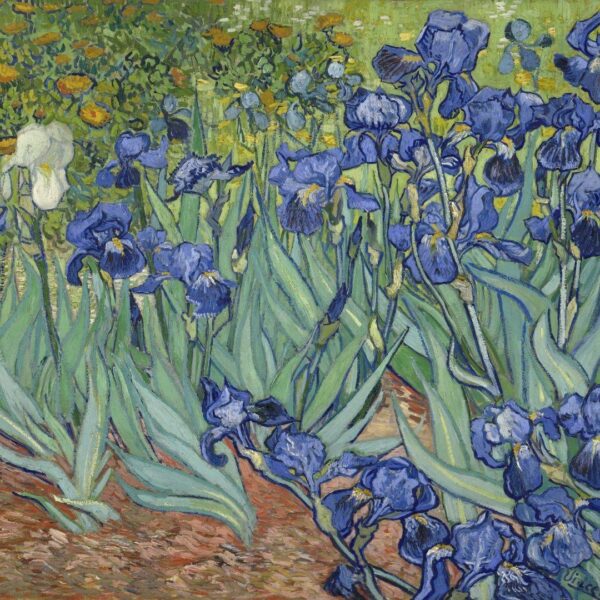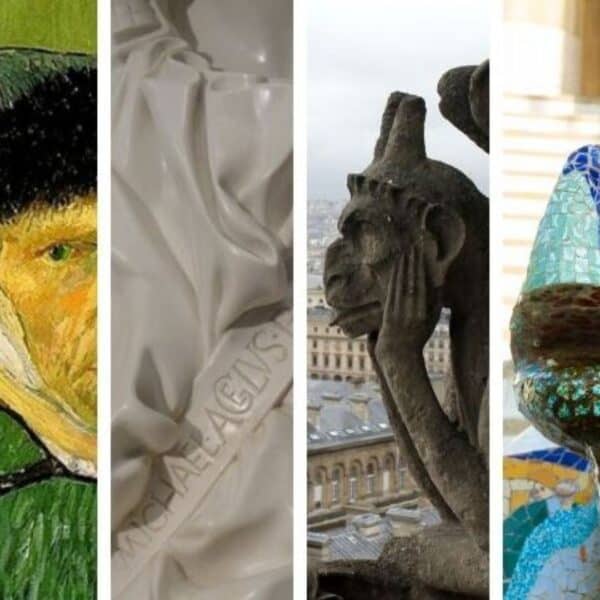Learn how to apply methods of preventive conservation and to establish a risk management program.
In the preventive conservation course online you will learn about the concepts and methods of preventive conservation in Museums and private collections.
Learn how to implement a risk management program with examples, tools and tables for risk registration, assessment and control.
Language - English Also available in: português | español
Preventive conservation course online
How we can protect our heritage and prevent its destruction.
What will you learn in this certificated course ?
- In this online course, you will learn about the concepts and methods of preventive conservation .
- You will learn how to establish a risk assessment program.
- You will get the methods and tools needed to implement a preventive conservation program for the conservation of cultural heritage .
In addition to the lessons, documents, links, tables, and other materials are provided that will be auxiliaries and tools in your future activities in the area of preventive conservation .
These additional materials will have application in Museums, libraries and other types of collections.
Learning objectives
At the end of this course, the participants will be able to apply methods of preventive conservation and establish a risk management program.
- The main notions internationally accepted
- The methods that must be used before a variety of situations.
- The effects of the agents of deterioration on the various materials
- Methodology for risk assessment
How you will learn
The course fee includes 24-hour access for an unlimited time to:
- Lessons for each theme of the program
- Downloadable texts
- Explanatory videos
- Evaluation (1 final questionnaire)
- Certificate.
Who should take this certificated online course ?
- This course is intended for professionals who are engaged in activities related to museology, collectors and antiquarians, archivists, and librarians.
- It will be very useful for those who have artistic and cultural assets in their custody, in public or private institutions.
- It is suitable for anyone who wants to adequately preserve works of historical or artistic value.
How it works
Preventive Conservation Course structure
Unit 1 Preventive conservation

1.1. Preventive conservation
- General notions
- Basic principals
- Institutions
1.2. Preventive conservation plan: what to do and how to implement it?
1.3. Contingency plan
Unit 2 – Preventive conservation plan and risk assessment
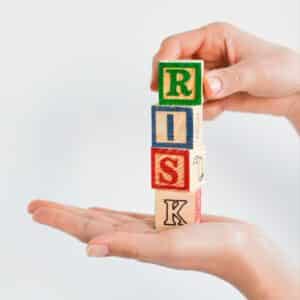
- What is preventive conservation
- Advantages of a preventive conservation plan
- How to implement an intervention plan: methods and tools
- Risk assessment methodology
- Risk assessment tools
- Practical example of risk assessment
Unit 3 – Agents of deterioration and control measures
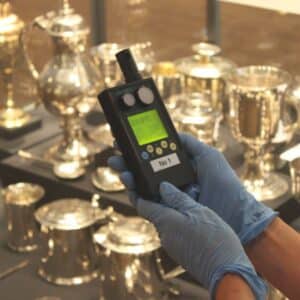
- Universal agents
- Specific agents
- Physical agents
- Chemical agents
- Biological agents
Unit 4 – Display materials, storage and handling

- Maintenance
- Exposure methods
- Transport and handling
What students say about the course
Author

Susana Mota
Degree in History – Heritage and Post-Graduate in Museology. Has been working in Museology since 1987, namely at the following institutions: Printing Press National Museum, Casa-Museu Abel Salazar (House Museum), Sacred Art and Archaeology Museum – Porto, Episcopal Palace – Porto, Porto Diocese. Roles: conservation and inventory of the museum estate, execution of guided tours, coordination of educational services and staff teams to organise and assemble exhibits. Tutor in Cultural Heritage, Educational Services, Methods of Museological and Archival Inventory, Museography and Preventive Conservation Technical Specialist.

